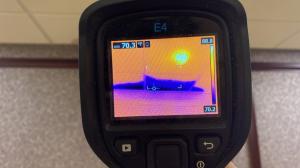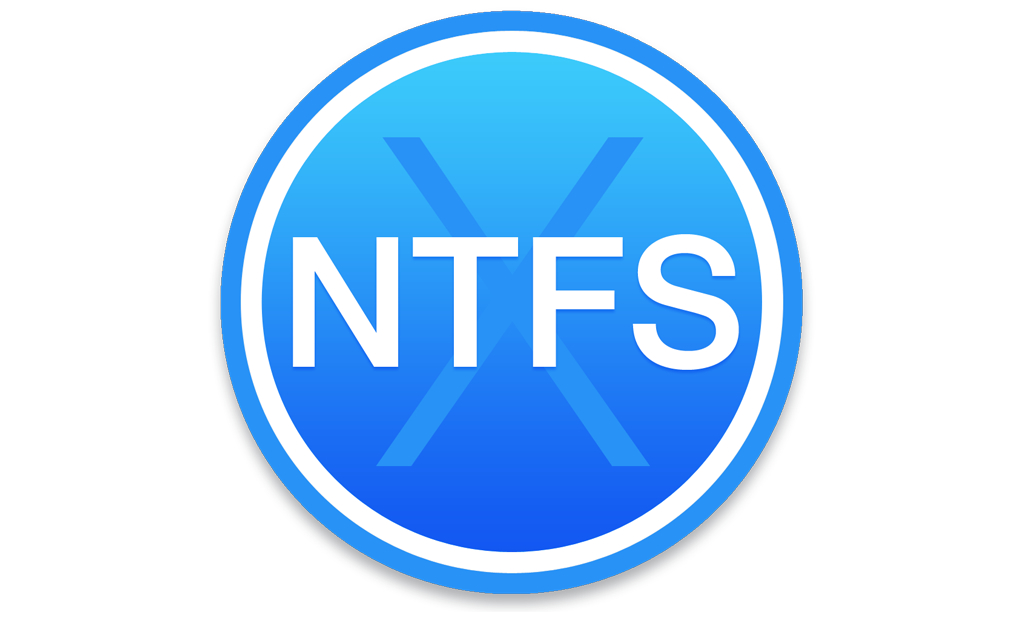

Humans aren’t going to stop clicking the link, and I know this because I have clicked the link. Phishing emails delivered a large percentage of malware in 2019. I know, I know, you have heard that one before. In building a defense against ransomware attacks, there are things that individuals can do and things that enterprises can do to prevent the initial infection.
#Prevent dmg from beign deleted how to
How to Protect Against Ransomware: Basic Tips Get the latest Flash Player or Watch this video on YouTube. The Adobe Flash Player is required for video playback.

#Prevent dmg from beign deleted free
Learn more about how ransomware works in the video below - it comes from our free 8-part introduction to ransomware course led by Troy Hunt. Which makes the protection and prevention of ransomware much more important than relying on data backups for recovery. But how can you prevent an attacker from releasing the stolen data? You can’t. The recovery plan also needs to account for the threat of data release. Baltimore didn’t pay, so the IT staff had to restore the data that they could and rebuild what machines they couldn’t. That’s why the City of Baltimore ransomware incident cost so much and recovery took so long. Lastly, does the victim pay the ransom and hope the criminal is honorable and will send over the decryption keys? Or does the victim remove the malware infection and try to recover the encrypted data manually.Īttackers generally don’t deliver the keys, even after taking the money. Ransomware can not only encrypts the data in place, it can also exfiltrate the data back to the attackers! The threat becomes, pay us or we release your data. Recently attackers have used the threat of data exposure as part of their extortion plot. Now the lucrativeness of criminal activity is hard to quantify, but the frequency of attacks indicates that criminals see the upside in continuing to use these techniques. It’s worth it to note that cryptocurrency enabled ransomware to become a lucrative profession. Usually, there is some dollar figure attached, and a BitCoin link with threatening messages like “pay us or your data gets it.” The victim is totally pwnd, and the attacker sends the ransom note. WannaCry used the EternalBlue vulnerability to spread to other computers and then perform the encryption. The CryptoWall ransomware deleted Volume Shadow Copy files to make restoring from backup harder and looked for BitCoin wallets to steal. It might start with the local disk and then try to probe the network for mapped shares or open shares to attack. Now the ransomware does the encrypting of the victim’s files. Next, the malware reaches out to the attackers to let them know they have infected a victim and to get the cryptographic keys that the ransomware needs to encrypt the victim’s data. From here, the ransomware either works locally or tries to replicate itself to other computers on the network. Most often, this is a simple phishing attack with malware in the file attachments. Infectionįirst, attackers need to deliver the malware payload to the target. Infiltrate the target’s network, encrypt as much data as possible, extort for ransom. Ransomware is a multi-staged attack that attackers have packaged in several different ways. In 2019, the city of Baltimore got hit with a ransomware attack, which cost an estimated $18 million in recovery.īut how exactly does ransomware work? How Ransomware Works

The first ransomware dates back to 1989, got distributed on floppy disks, and asked for a $189 ransom. The attacker then tries to get the victim to pay the ransom for the key to decrypt their files. Ransomware is malware that encrypts the target victim’s data. “In just one hour, I’ll teach you the fundamentals of Ransomware and what you can do to protect and prepare for it.”įor even more information about ransomware, check out Troy Hunt’s free course “Introduction to Ransomware.” It’s worth 1 CPE.

Data Classification Engine Sensitive Data Discovery.Data Security Platform Product Suite Overview.See How you Rank Data Risk Assessment Non-intrusive, hassle-free.


 0 kommentar(er)
0 kommentar(er)
